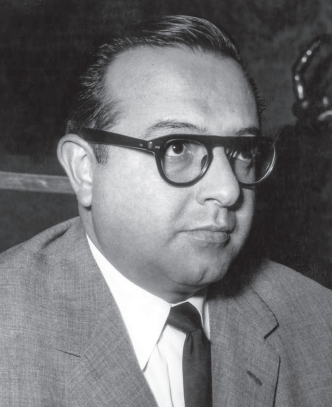Pedro Ramírez Vázquez: The Architecture of Contemporary Mexico City
Pedro Ramírez Vázquez was one of the most important architects of contemporary Mexico. His cultural and architectural conception was reflected in several important works, which are part of the historical-cultural heritage and urban landscape of Mexico City.





